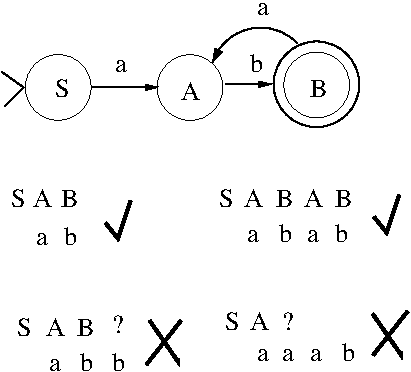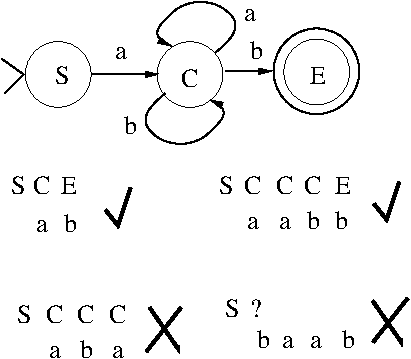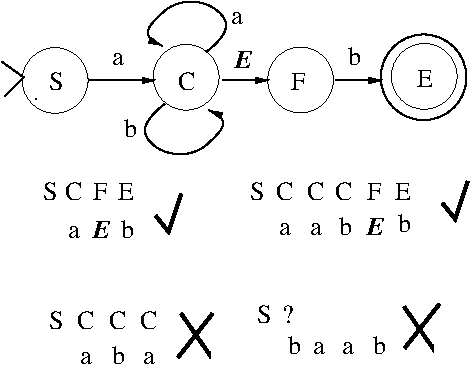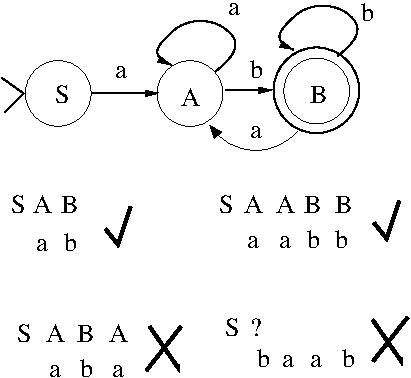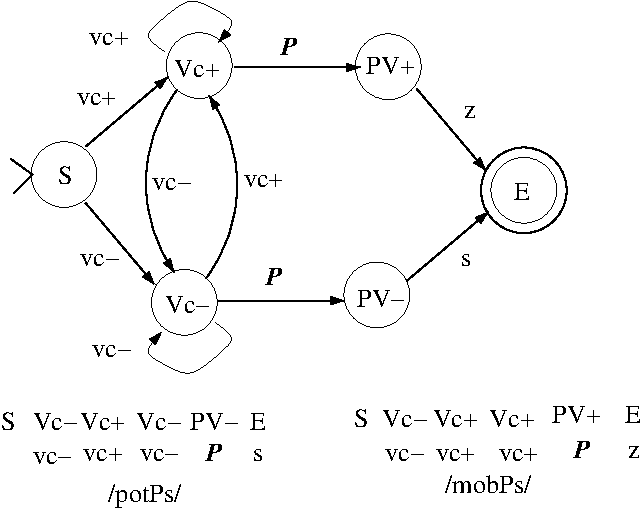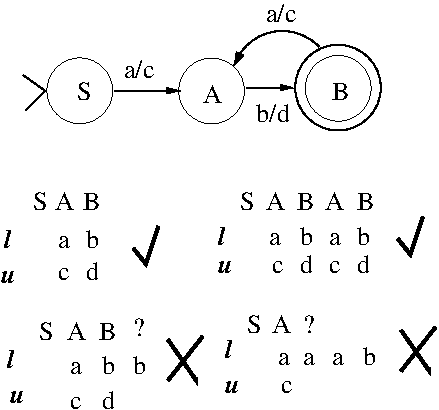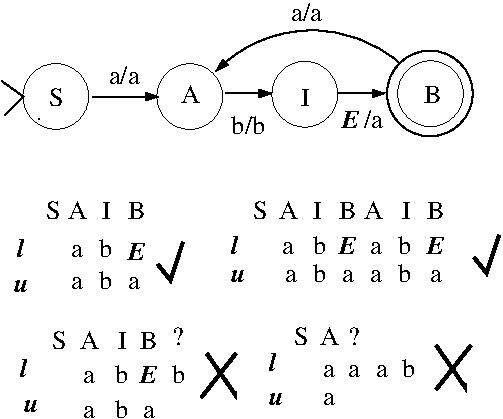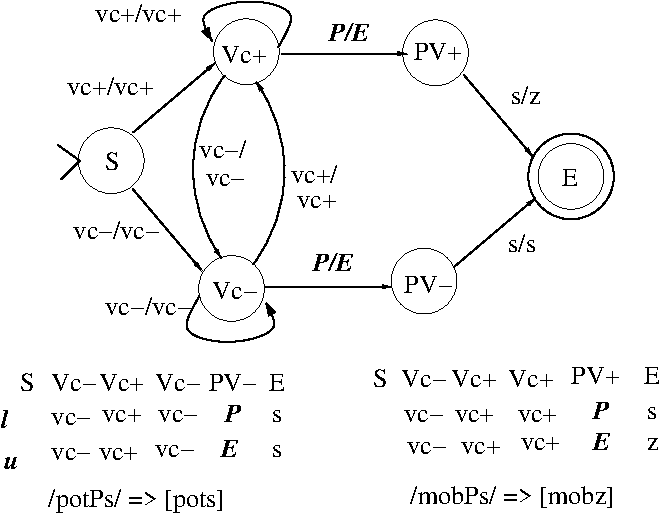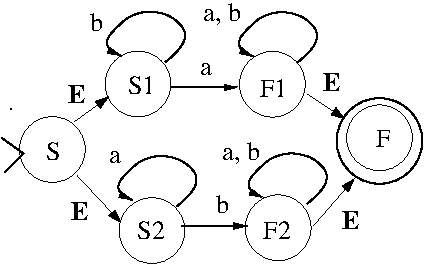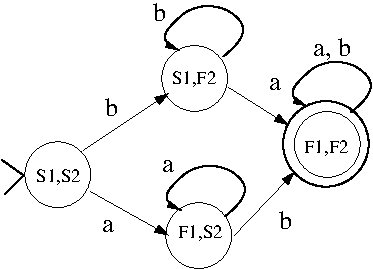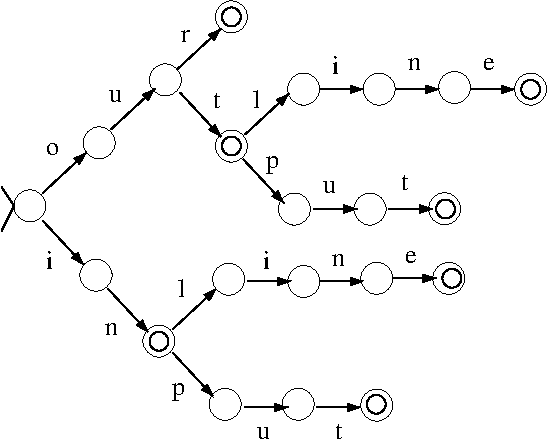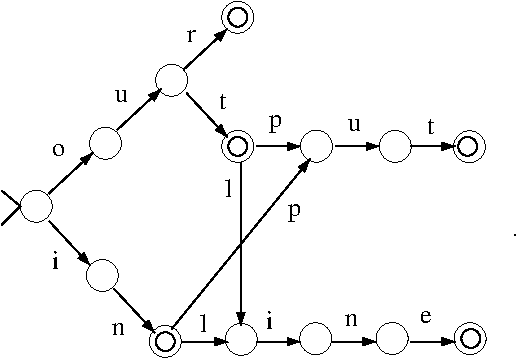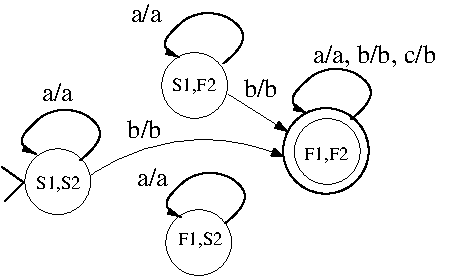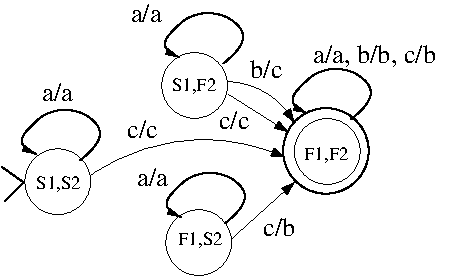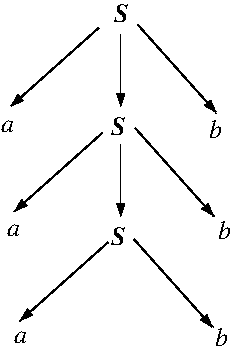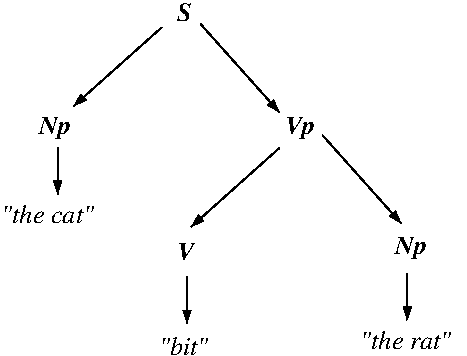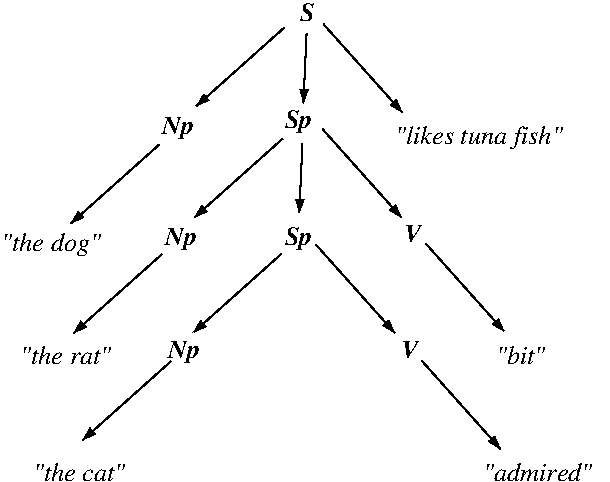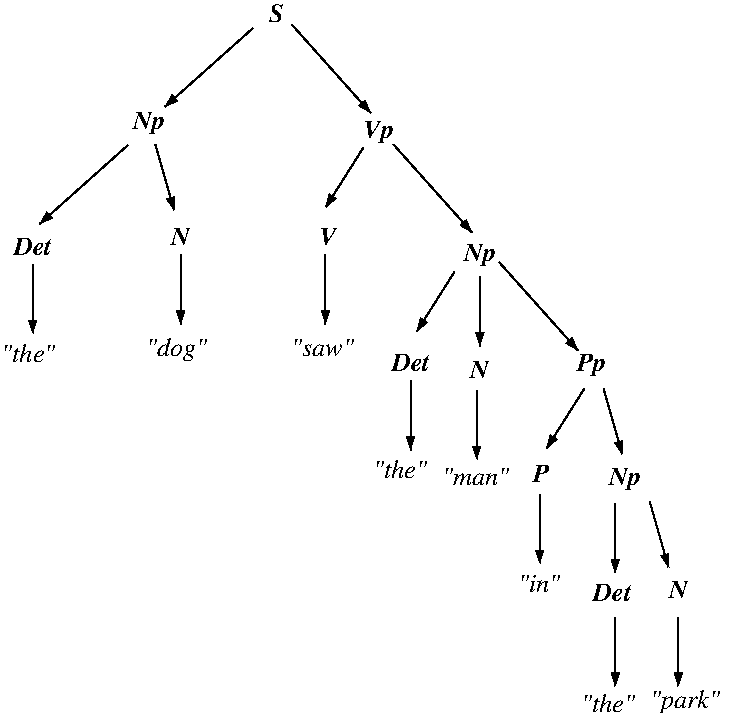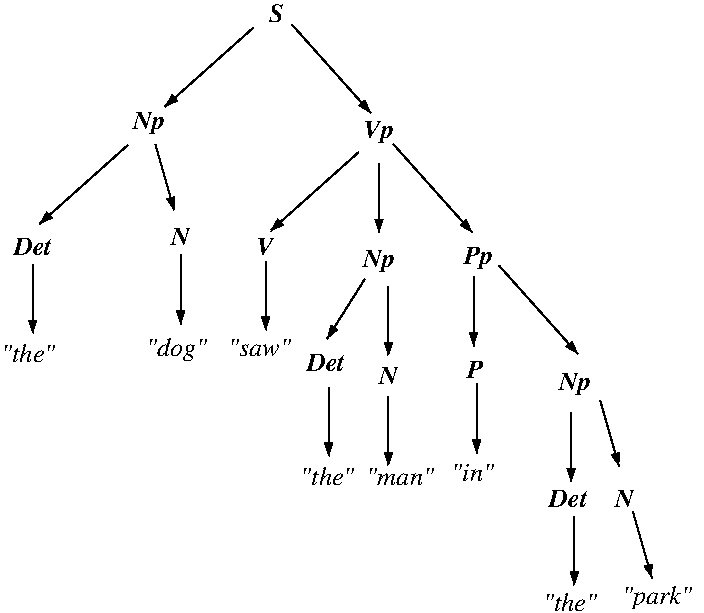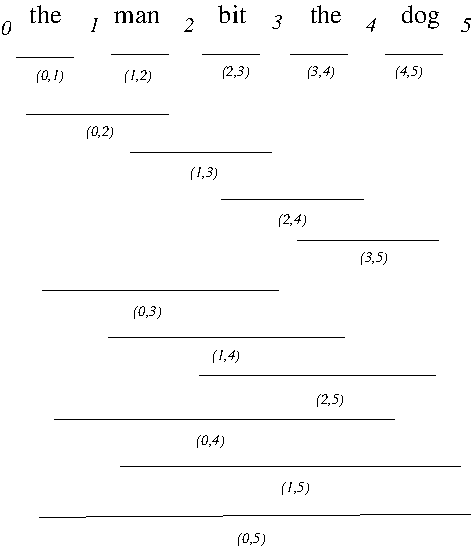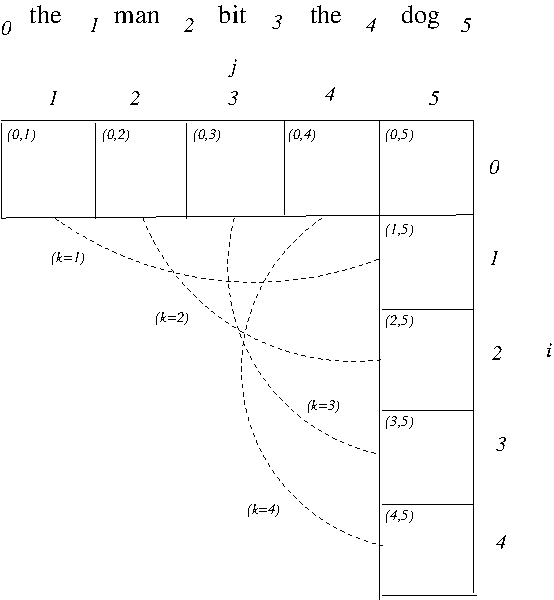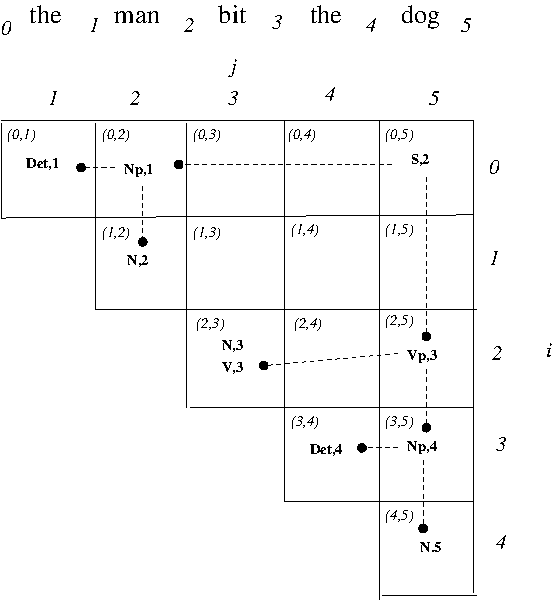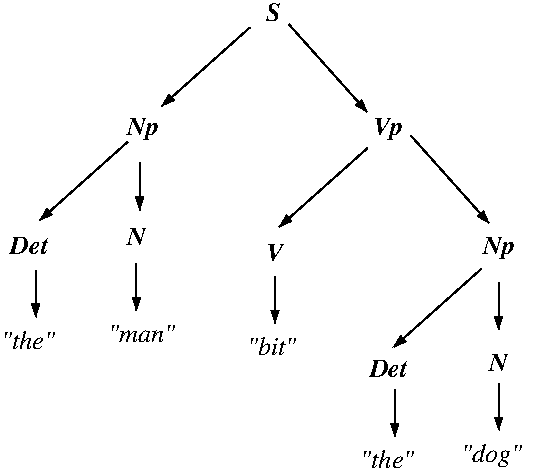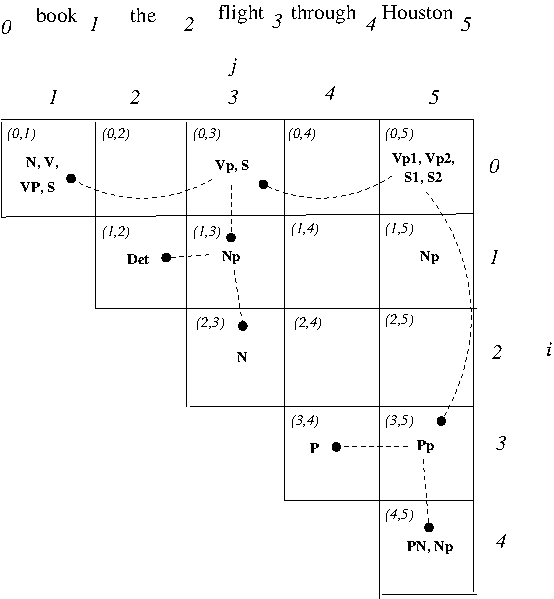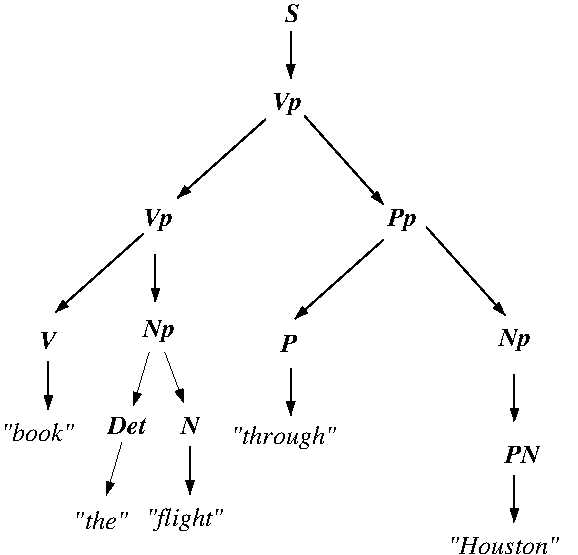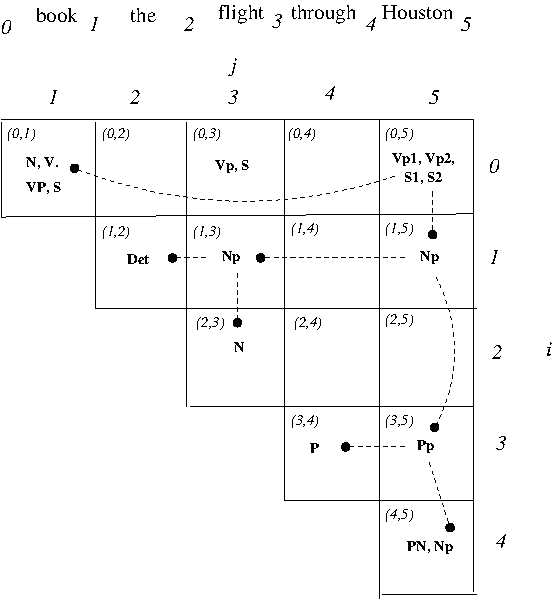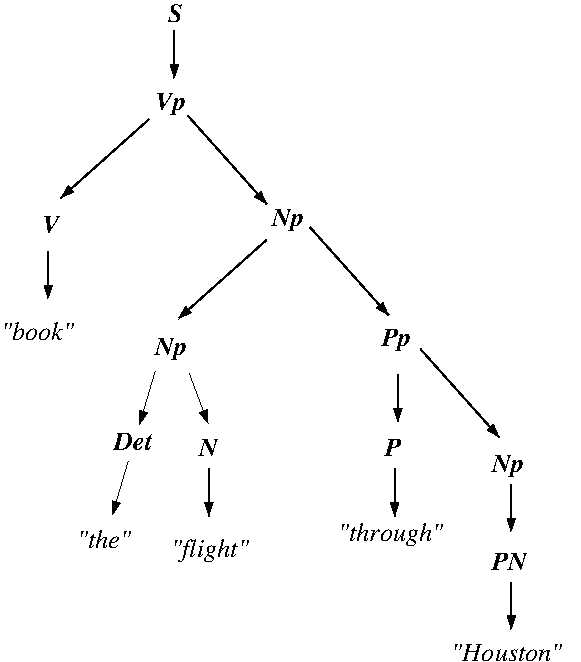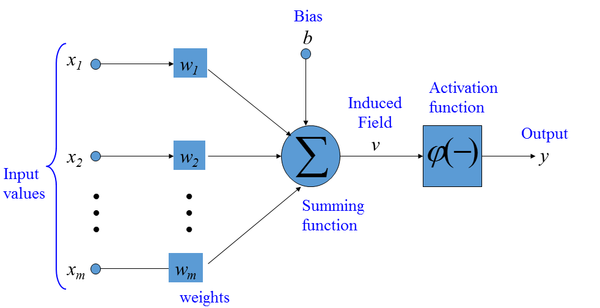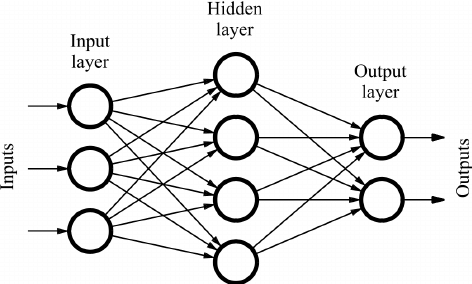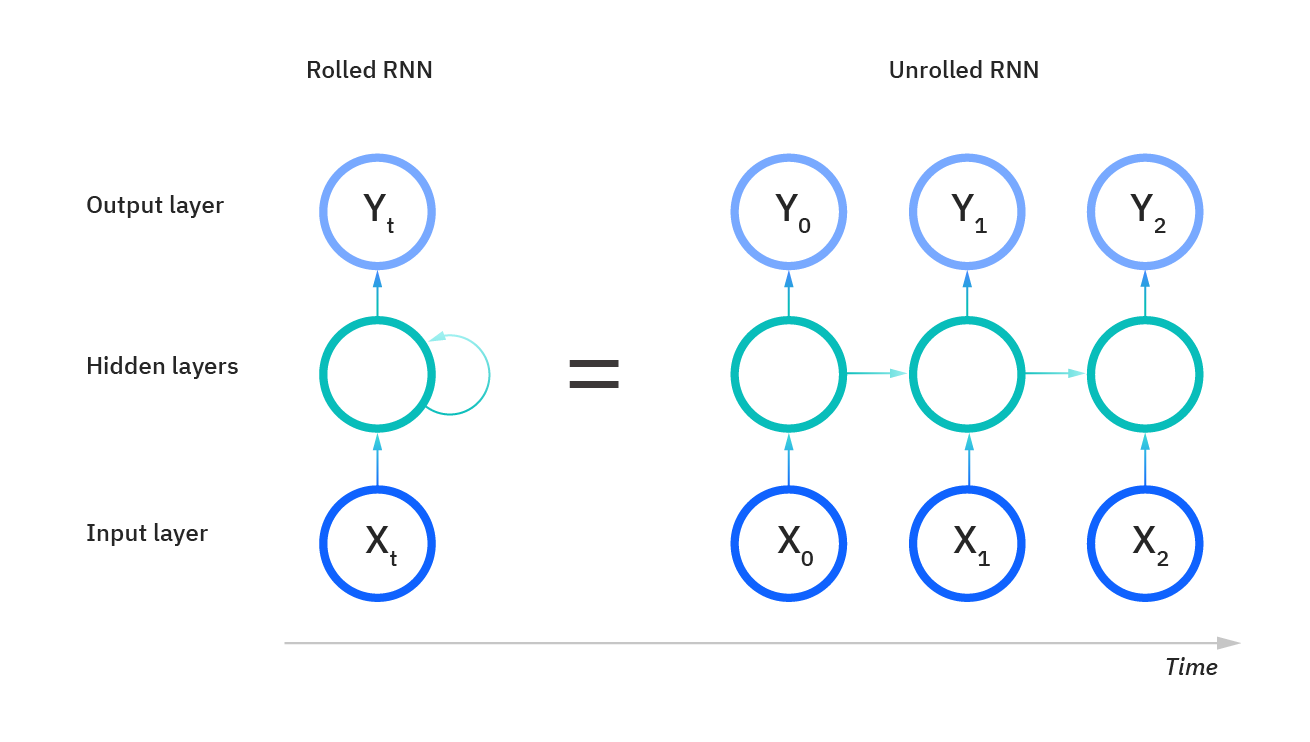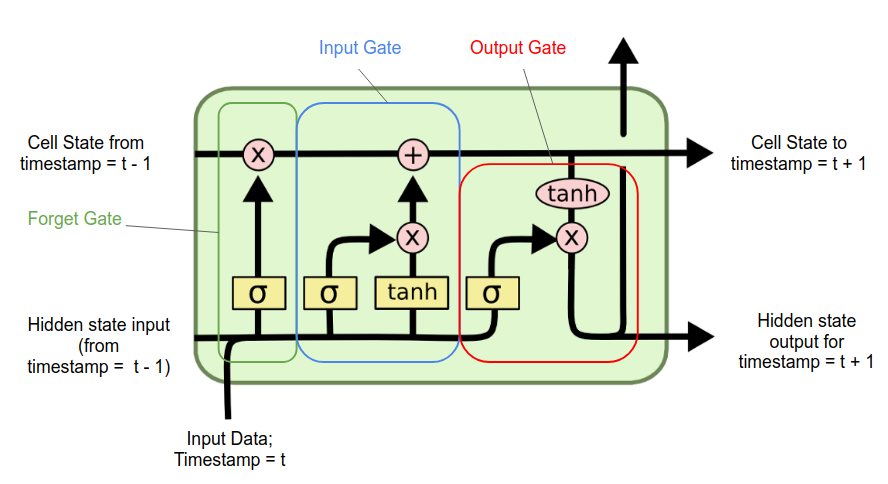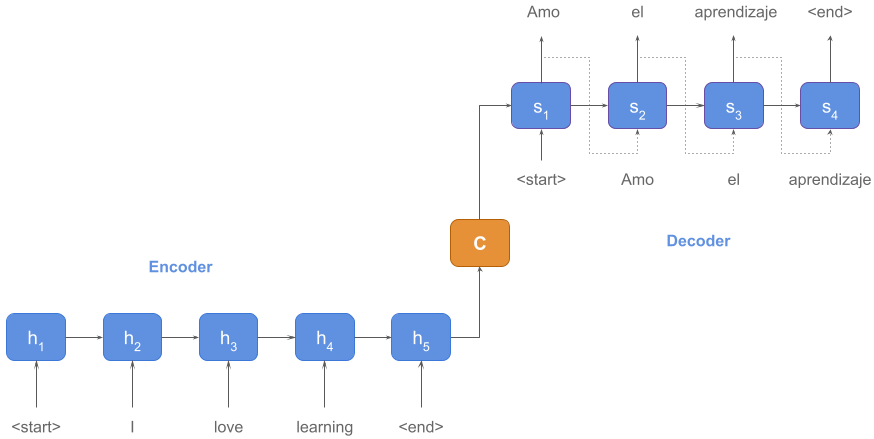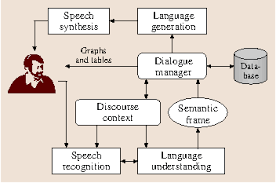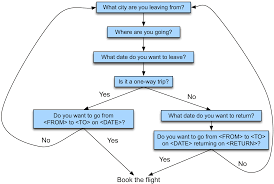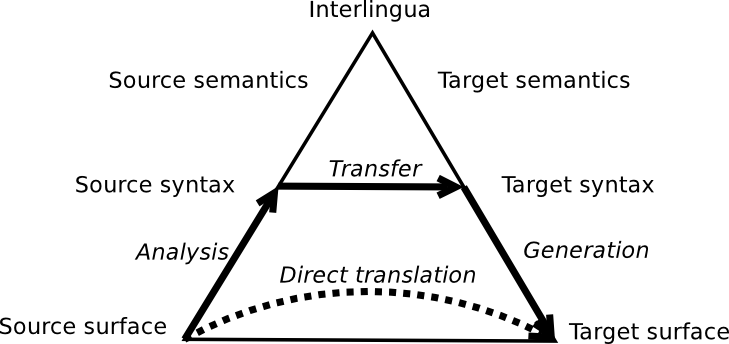Course Project Proposal and Report Notes
Over the next 7 weeks, you should choose the topic of
your course project (for inspiration, see the lists of presented
student course projects in the last two weeks of the course
diarys of previous offerings of CS 4750). This project can take
the form of a literature
survey on an NLP topic of interest to you or a software system
implementing a particular NLP task. Each course project
*** MUST *** be approved by the course instructor; please do this
by chatting with your course instructor by October 31st. Course
projects that are not approved prior to the submission of the
associated project proposal (see below) will receive a mark of
zero.
Once a course project is approved, you must write and submit
a printout of your project proposal to the course
instructor by 9am on Tuesday, November 4. This proposal is worth
5 course marks. It should be about a page long and
consist of a 3-paragraph proposal text (3.5 marks total) (with the
first paragraph motivating why your topic is of interest (1 mark),
the second summarizing previous work on this topic (1.5 marks), and
the third summarizing the focus of your survey or the approach you
will use in constructing your software system (1 mark)) followed
by at least five full-information literature references particular to
the topic of your project which must each be cited at least once in
your proposal text (1.5 marks total) (0.3 marks per reference up to 5
references).
Once the project proposal is submitted, you have until noon on
Friday, December 5, to do your project and submit a printout of your project report. In general, In general, this project will entail
(as a minimum) a 15-20 page report (double-spaced) with 10-30 literature
references (for a literature-survey project) or a 5-8 page report (double-spaced) with
5-15 references in addition to the software (for a software project). All included references
MUST be cited in the body of the report. Though purely
Web-based references (e.g., blogs, reference manuals) are
acceptable, please try where at all possible to obtain
literature-based references, e.g., books, book chapters,
journal papers, conference papers; in those cases, You MUST give full
references listing all reference information
appropriate to the type of reference,
author names, publication year, full paper title, book title with
editors, journal name, journal volume and number, publisher,
page numbers.
The length and reference-number
requirements above may vary depending on the
nature of the chosen project and whether or not this project is being done by
one or more people; this should be settled with the course instructor. Ideally, the
submitted project should be on the same topic as that described in
your project proposal. However, it being an imperfect world, if
any difficulties do arise, chat with your course instructor as
soon as possible so appropriate action, e.g., revision of
stated goals and/or scope of project, can be taken.
If course enrollment is low enough (see the course outline),
each project will also have an associated short in-class presentation
scheduled in the last two weeks of course lectures. Details of talk
format and scheduling will be posted in early November after
project proposals are submitted and marked.
Here's to each of you choosing and carrying out a fun course project!

